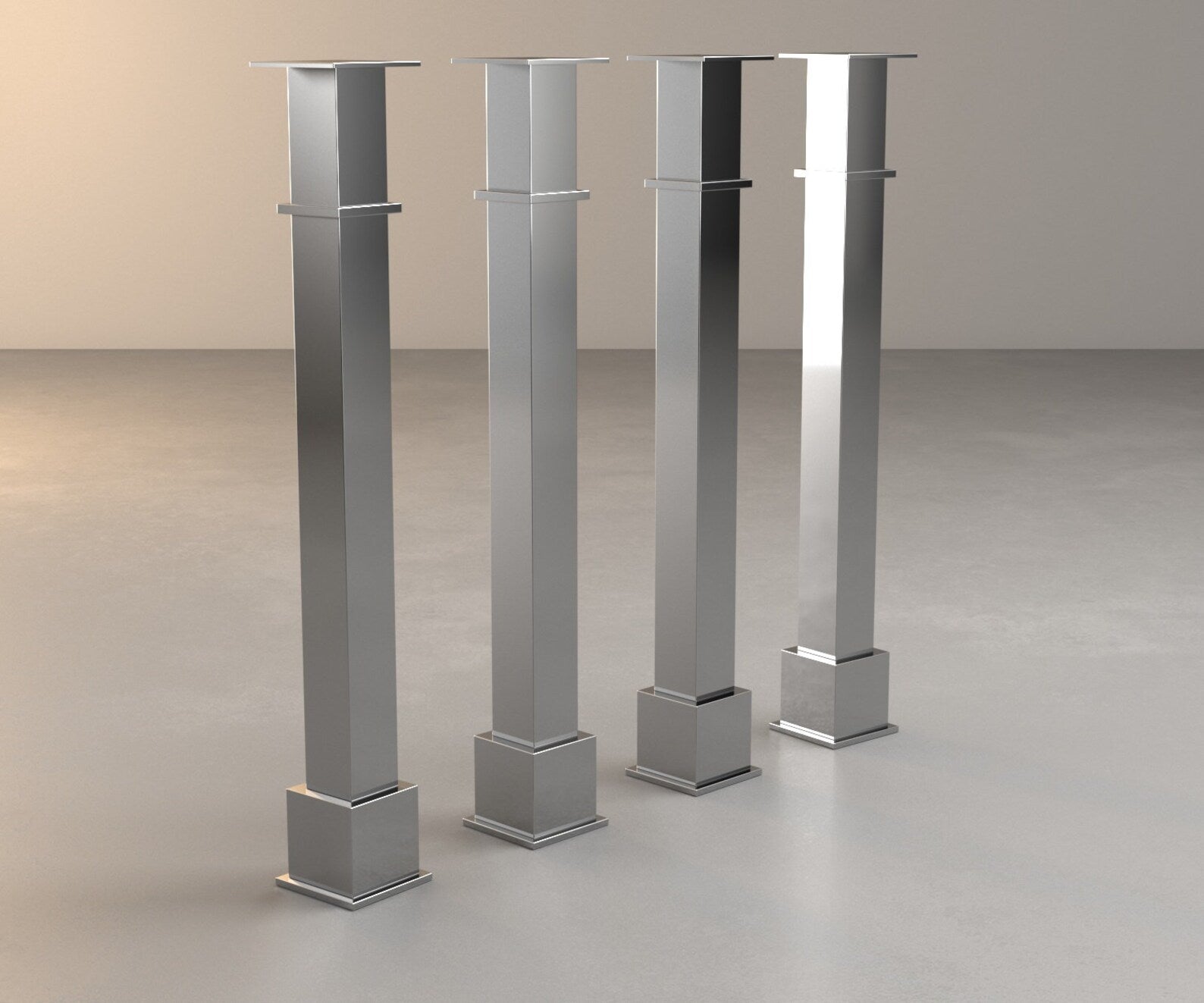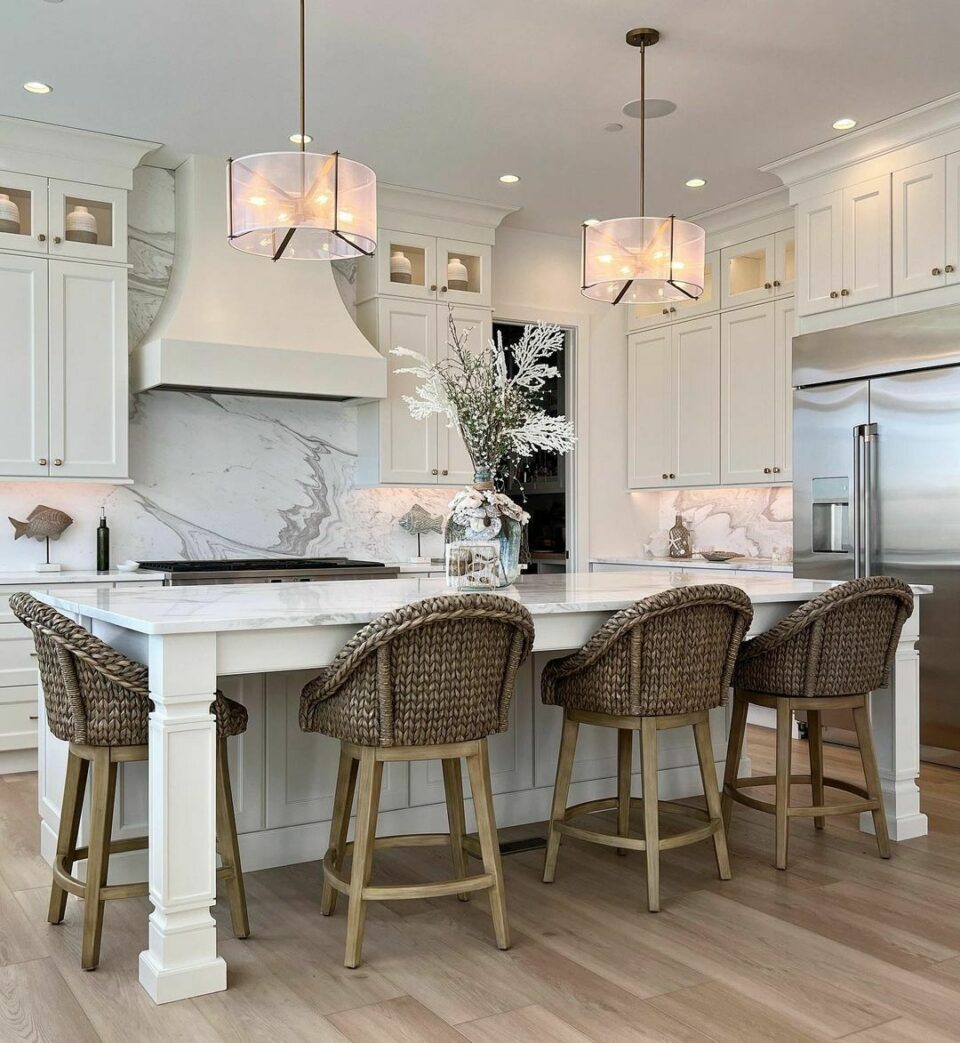Discover Affordable and Chic Solutions in Legs For Kitchen Island Updates
Necessary Aspects to Take Into Consideration When Choosing Legs For Kitchen Area Island
Selecting the ideal legs for a kitchen area island entails a cautious assessment of several factors that can dramatically influence both capability and aesthetic allure. As we explore these components, it becomes clear that each choice can have far-reaching ramifications for the overall kitchen area experience.
Product Options
When selecting legs for a kitchen area island, understanding the different product options is necessary for achieving both aesthetic charm and architectural integrity (Legs For Kitchen Island). The option of product significantly influences not just the durability of the island however likewise its total design and performance
Timber is a preferred choice, providing heat and convenience. Strong hardwoods, such as oak or maple, offer stamina and can be tarnished or repainted to match the kitchen design. Metal legs, commonly made from stainless-steel or wrought iron, add a industrial and contemporary feeling while making sure durability and security. These products are immune to wear and can support considerable weight, making them suitable for bigger islands.
One more choice is engineered materials, like MDF or plywood, which can be more cost-effective while still offering an array of coatings. They might not supply the exact same level of security as strong wood or metal. Legs For Kitchen Island. Products such as acrylic or glass can develop a contemporary look, though they might need additional assistance to make sure stability.
Inevitably, the option of material for kitchen island legs need to line up with the desired capability and the total style of the kitchen.
Design And Style

When taking into consideration design, the form and coating of the legs are critical. Tapered legs can provide a sense of lightness and beauty, while thicker, much more robust legs can communicate stamina and stability. Additionally, the surface-- be it painted, stained, or all-natural-- should complement the cabinetry and countertop products to develop a unified appearance.
In addition, the layout of the legs can likewise show personal taste. Custom or decorative legs, such as those including detailed makings or special geometric shapes, can work as centerpieces, including personality and character to the kitchen area. Ultimately, the right selection will certainly not only enhance functionality yet likewise raise the aesthetic allure, making the cooking area island a standout function of the home.
Height Factors To Consider
Choosing the proper height for kitchen area island legs is crucial, as it straight impacts both performance and convenience. The conventional elevation for a kitchen island commonly ranges from 36 to 42 inches, lining up with usual visit this website counter top elevations.
:max_bytes(150000):strip_icc()/pink-marble-tile_House-of-Harvee-9f030193ae38484a9cb7ea2d71af66f4.jpg)
It is additionally vital to represent users' preferences and elevations. Personalizing the height can ensure a comfy experience for all relative, making the kitchen area island a more enjoyable and useful room.
Weight Support
Ensuring ample weight support for cooking area island legs is crucial for both safety and capability. The kitchen area island often offers multiple objectives, including cooking, dining, and added storage, demanding a robust assistance structure. When choosing legs, it is crucial to think about the overall weight capability required based on the island's planned use and the products that will be put on it.
The selection of material for the legs plays a substantial role in their weight-bearing capacities. Solid wood, steel, and heavy-duty composites usually offer premium strength compared to lighter products. In addition, the design of the legs-- whether they are directly, tapered, or have a pedestal kind-- can influence their capability to disperse weight effectively across the framework.
In addition, the leg placement ought to be purposefully intended to enhance stability. Legs placed at the edges or with a wider base can better sustain larger loads. Always seek advice from the supplier's specifications relating to lots restrictions to ensure that the legs can sustain the designated weight without jeopardizing safety and security. In recap, picking kitchen island legs with adequate weight support is vital for producing a secure and useful cooking room.
Installation and Upkeep
Correct installation and upkeep of kitchen area island legs are critical for making certain durability and security. This commonly involves safeguarding the legs to the island base using ideal fasteners, making certain that the legs are level and straightened.
When mounted, routine upkeep is required to maintain the integrity and look navigate to this site of the legs - Legs For Kitchen Island. For wooden legs, regular cleansing with a moist towel and application of suitable wood polish can protect against moisture damages and maintain their surface. Metal legs might need a mild cleansing remedy to remove oil and gunk, adhered to by a dry towel to prevent rust development
In addition, evaluate the legs regularly for indications of wear or damage, such as cracks or loosened joints. Tightening screws or bolts as needed can likewise lengthen the life-span of the legs. By sticking to these installation and maintenance practices, property owners can make sure that their cooking area island continues to be tough and aesthetically appealing for years to come.
Conclusion

Visual comprehensibility is paramount in choosing the design and layout of legs for a kitchen island, as these aspects considerably affect the overall ambiance of the area. Tapered legs can supply a feeling of agility and elegance, while More about the author thicker, much more durable legs can share toughness and security.Choosing the appropriate height for kitchen area island legs is vital, as it straight influences both capability and convenience. In recap, selecting kitchen island legs with sufficient weight support is vital for producing a practical and risk-free culinary space.
In final thought, selecting legs for a kitchen area island necessitates careful consideration of various factors, including product alternatives, design, elevation, weight support, and setup.